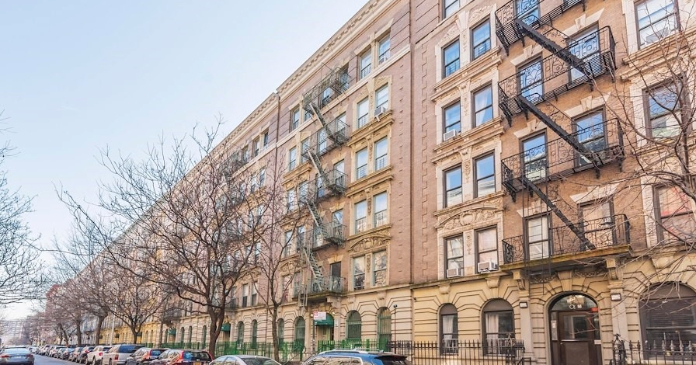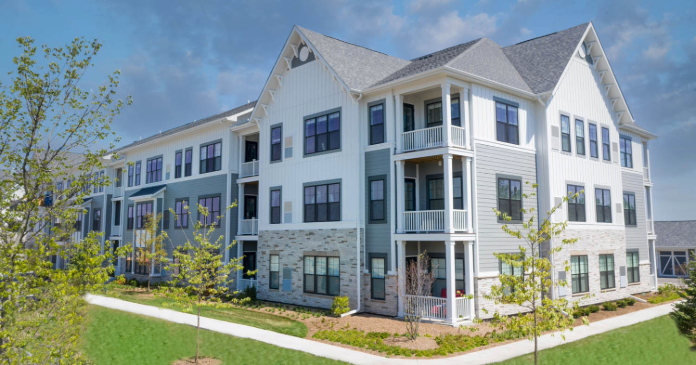Solid nominal wage gains (unadjusted for inflation) combined with lower mortgage rates and home prices helped to boost housing affordability at the start of 2023, but ongoing building material supply chain issues and expected wage growth cooling signal ongoing concerns for affordability conditions in the year ahead.
According to the National Association of Home Builders (NAHB)/Wells Fargo Housing Opportunity Index (HOI), 45.6 percent of new and existing homes sold between the beginning of January and end of March were affordable to families earning the U.S. median income of $96,300. This is up from 38.1 percent posted in the fourth quarter of last year, which was the lowest level since NAHB began tracking affordability on a consistent basis in 2012. However, the first quarter 2023 HOI reading remains significantly lower than the first quarter 2022 score of 56.9 percent, a reminder of ongoing housing affordability challenges.
“An uptick in housing affordability in the first quarter of 2023 corresponds to a rise in builder sentiment over the same period as well as an increase in single-family permits,” said NAHB Chairman Alicia Huey, a custom home builder from Birmingham, Ala. “And while buyer conditions improved at the beginning of the year, builders continue to wrestle with a host of affordability challenges. These include a shortage of distribution transformers and concrete that are delaying housing projects and raising construction costs, a lack of skilled workers and tightening credit conditions.”
“Elevated interest rates and higher home prices coming out of the pandemic have left housing affordability conditions considerably lower on a year-over-year basis,” said NAHB Chief Economist Robert Dietz. “While affordability posted a gain in the first quarter, it is still well below the breakeven point of 50. The lack of housing units is the primary cause of the nation’s housing affordability challenges, and the best way to reduce housing costs and fight inflation is to put into place policies that will allow builders to construct more attainable housing.”
The HOI shows that the national median home price fell to $365,000 in the first quarter, down from $370,000 in the final quarter of last year. Meanwhile, average mortgage rates were 6.46 percent in the first quarter, down from a series high of 6.80 percent in the fourth quarter. The U.S. median family income rose 7 percent from 2022 to 2023, from $90,000 to $96,300.
The most and least affordable markets in the first quarter
Lansing-East Lansing, Mich., was the nation’s most affordable major housing market, defined as a metro with a population of at least 500,000. There, 87.5 percent of all new and existing homes sold in the first quarter were affordable to families earning the area’s median income of $97,800.
Top five affordable major housing markets:
-
- Lansing-East Lansing, Mich.
- Scranton-Wilkes-Barre, Pa.
- Rochester, N.Y.
- Toledo, Ohio
- Pittsburgh, Pa.
Meanwhile, Cumberland, Md.-W.Va., was rated the nation’s most affordable small market, with 93.5 percent of homes sold in the first quarter being affordable to families earning the median income of $89,900.
Top five affordable small housing markets:
-
- Cumberland, Md.-W.Va.
- Elmira, N.Y.
- Kokomo, Ind.
- Springfield, Ohio
- Wheeling, W.Va.-Ohio
For the 10th straight quarter, Los Angeles-Long Beach-Glendale, Calif., remained the nation’s least affordable major housing market. There, just 4.1 percent of the homes sold during the first quarter were affordable to families earning the area’s median income of $97,500.
Top five least affordable major housing markets—all located in California:
-
- Los Angeles-Long Beach-Glendale
- Anaheim-Santa Ana-Irvine
- San Diego-Chula Vista-Carlsbad
- San Francisco-San Mateo-Redwood City
- San Jose-Sunnyvale-Santa Clara
The top five least affordable small housing markets were also in the Golden State. At the very bottom of the affordability chart was Napa, Calif., where 6.6 percent of all new and existing homes sold in the first quarter were affordable to families earning the area’s median income of $129,600.
Top five least affordable small housing markets—all located in California:
-
- Napa
- Salinas
- San Luis Obispo-Paso Robles
- Santa Maria-Santa Barbara
- Merced
Please visit nahb.org/hoi for tables, historic data and details.













